Visit a winery
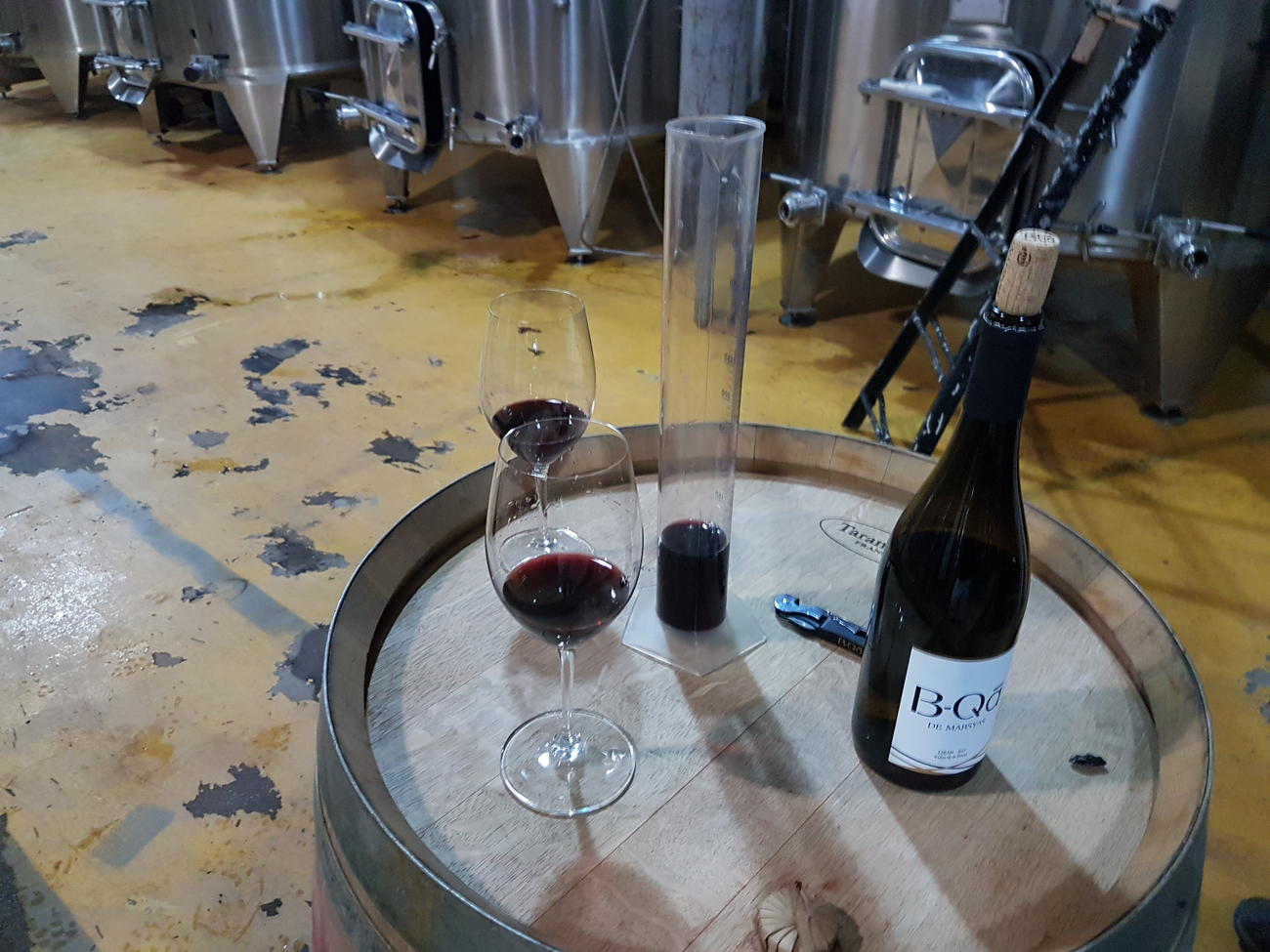
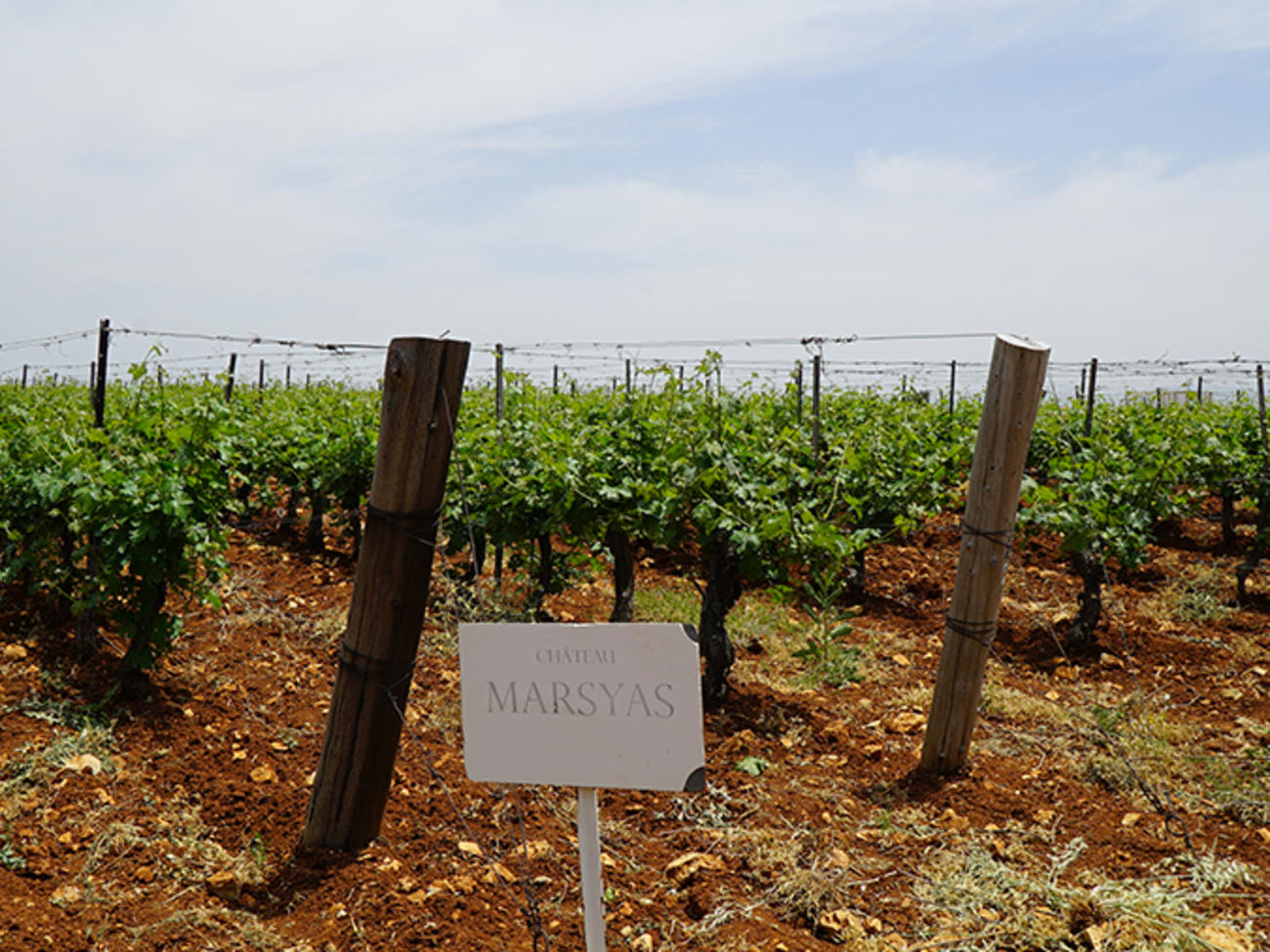
Lebanese wine is some of the most talked about in the world right now. There are currently 50 Lebanese wine producers; in 2000 there were just 14. Some are (rightly) famous worldwide, such as the celebrated Chateau Musar, which produces premium quality wine that is often aged for extraordinary periods. A visit to their wine cellar is an arachnophobe’s nightmare, with bottles ageing undisturbed amongst the dust and cobwebs for up to 50 years. The Ksara Winery meanwhile has made inroads into the global market, producing an impressive 150 million bottles each year.
However there are plenty of smaller wineries producing some really interesting wines, such as Marsysas, and a visit to one of these is a real highlight of any trip to Lebanon. The conditions in the fertile Bekka Valley, surrounded on all sides by mountains, are perfect for wine-growing, and the Lebanese have utilised their strong historical links with France to import viniculture expertise from the country. The vast majority of its wines are organic – the dryness of the valley ensures the grapes naturally grow perfectly – and are all hand-picked.
Explore Baalbeck
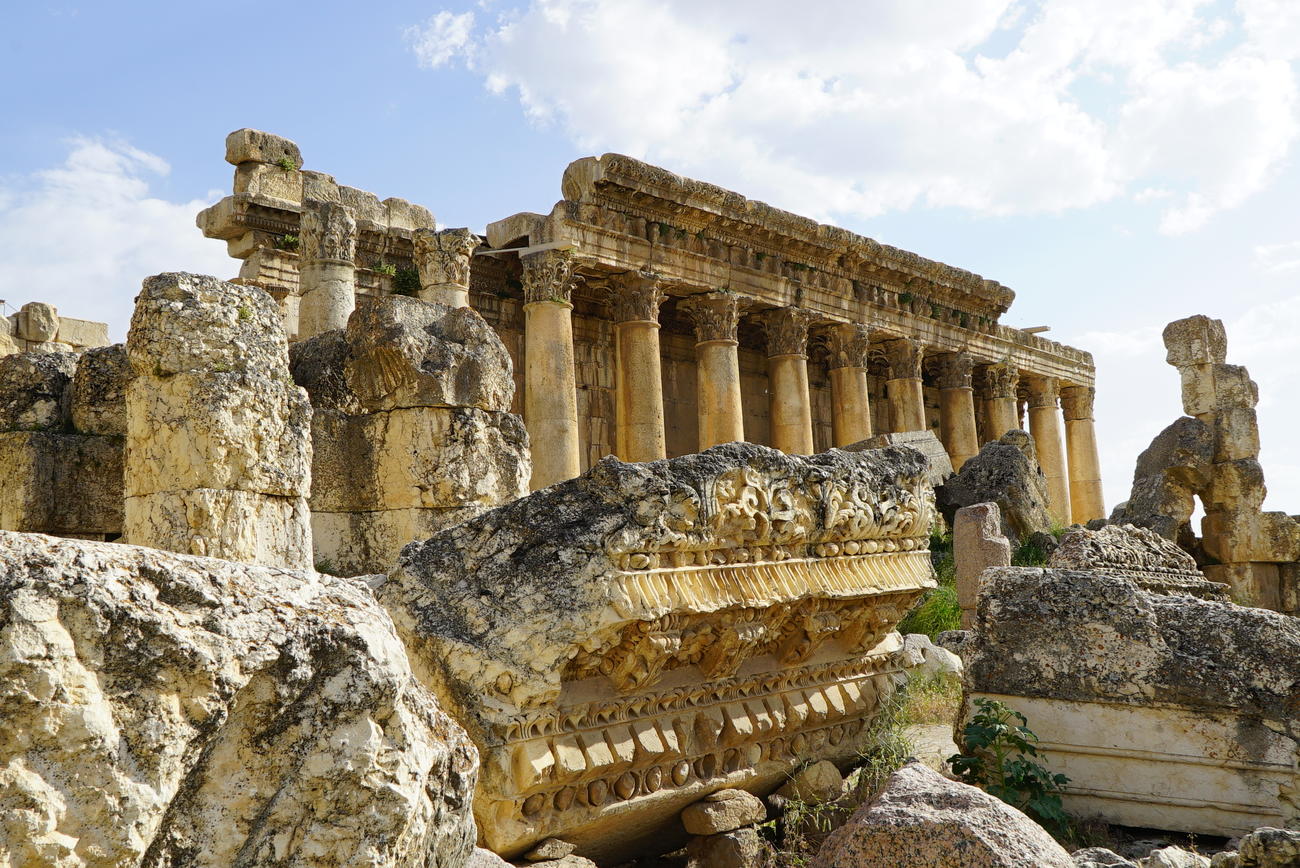
Baalbeck is Lebanon’s biggest draw, with the Roman ruins being amongst the best-preserved in the whole of the Middle East. Their extravagant scale is still mindblowing today, from the six enormous columns which are somehow still standing proudly to the gigantic temple of Jupiter, which sits atop three thousand-ton blocks. Archaeologists recently found another block in a quarry two miles down the road, which they believe is the largest stone in the world, weighing 1,650 tonnes. Why they built the site of Baalbeck on such a huge scale is a mystery to archaeologists. But what is even more baffling, and wonderful, is how this site has remained so well-preserved despite being located in the Hezbollah heartland and having been witness to so much fighting.
A night out in Beirut
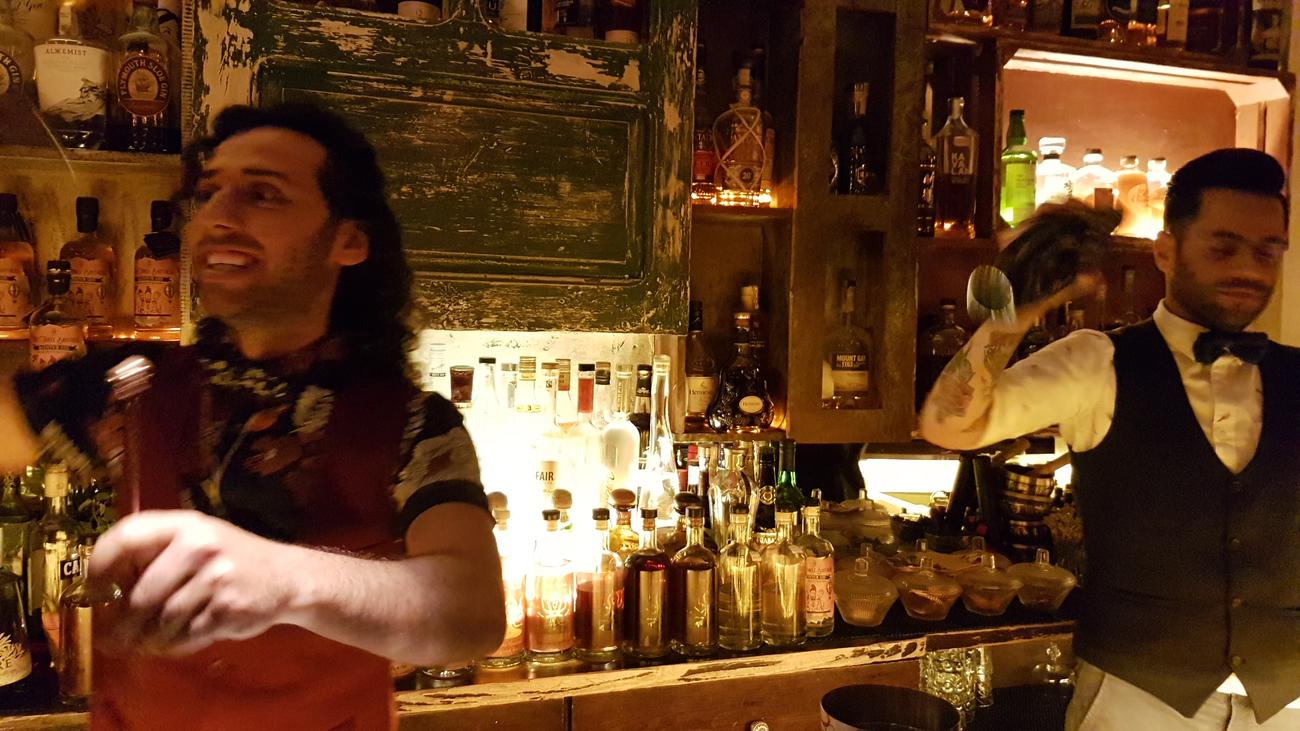
Beirut is packed with sophisticated bars that wouldn’t look out of place in London or New York. Frequented by the likes of Marlon Brando and Brigitte Bardot in the 60’s, Beirut has been swinging ever since. Whether it’s the buzzing Three Brother Bar, which makes its own very moreish gin, or Bar Amelia, named after the American aviation pioneer Amelia Earhart, which uses its ancient building surroundings to create a cool open-air space with great music, the options are endless. Constantly changing, the hottest area is currently Mar Mikhael. Consisting of two streets packed with bars, this is a great place to come for a bite to eat and then a drink afterwards – at the weekends you can stay up as long as you like in a city that really does never sleep.
Byblos
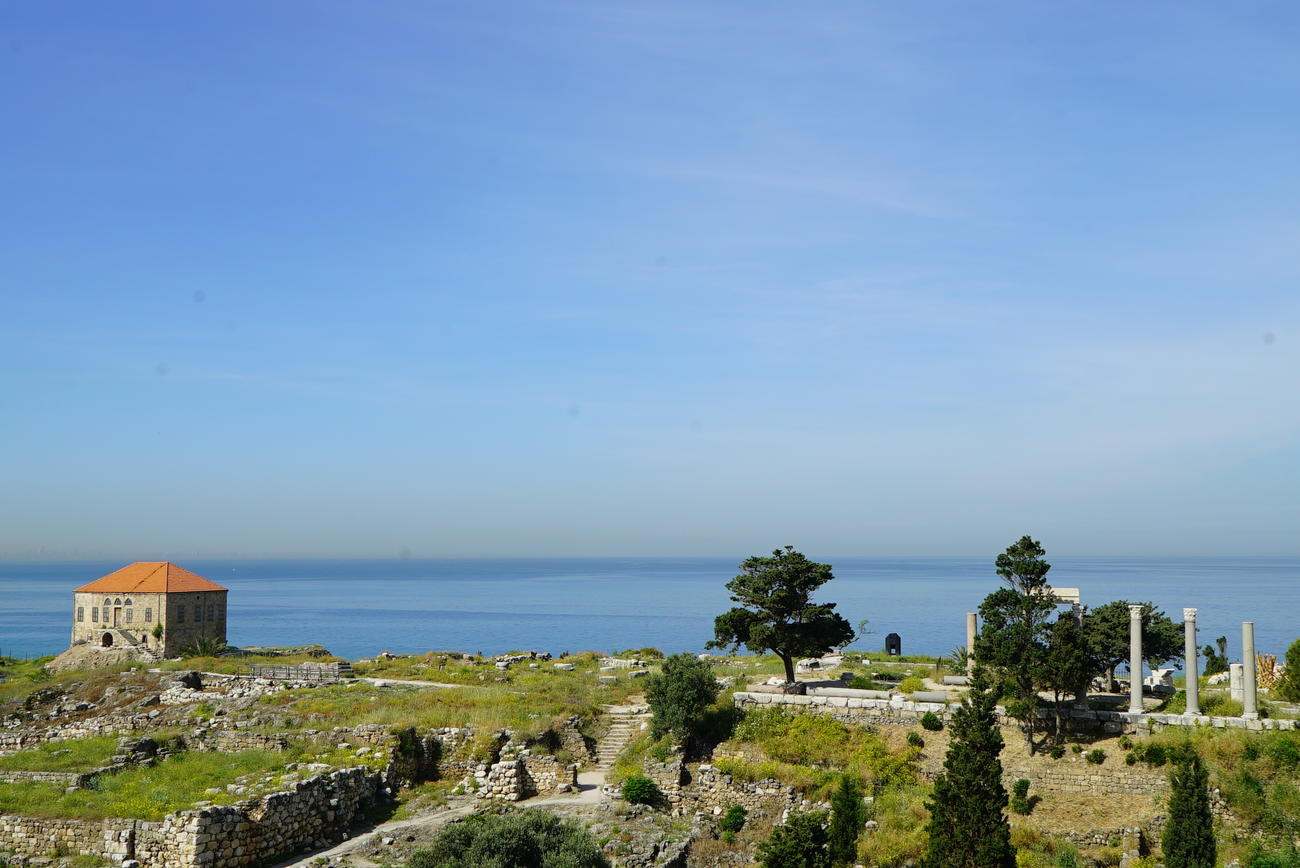
One of the oldest continually inhabited cities in the world, there is something magical about Byblos and you feel it as soon as you arrive at its beautiful harbour. It was one of the key towns in the Phoenician Empire and offers layers upon layers of history, with one site featuring Phoenician ruins, Roman ruins and a Crusader Castle which has seen some action, if the cannonballs embedded in its walls are anything to go by. As well as the impressive ruins, the town has an extensive ancient souq, which comes alive at night with places to eat and drink. You will see more tourists here than in many other parts of Lebanon, but it’s also popular with locals who escape Beirut in the summer to spend the day by the beach and the evening partying. Having a meal overlooking the pretty harbour it isn’t hard to see why this beautiful country appealed to the A-listers of the 1960s.
Beaches and Ruins of Tyre
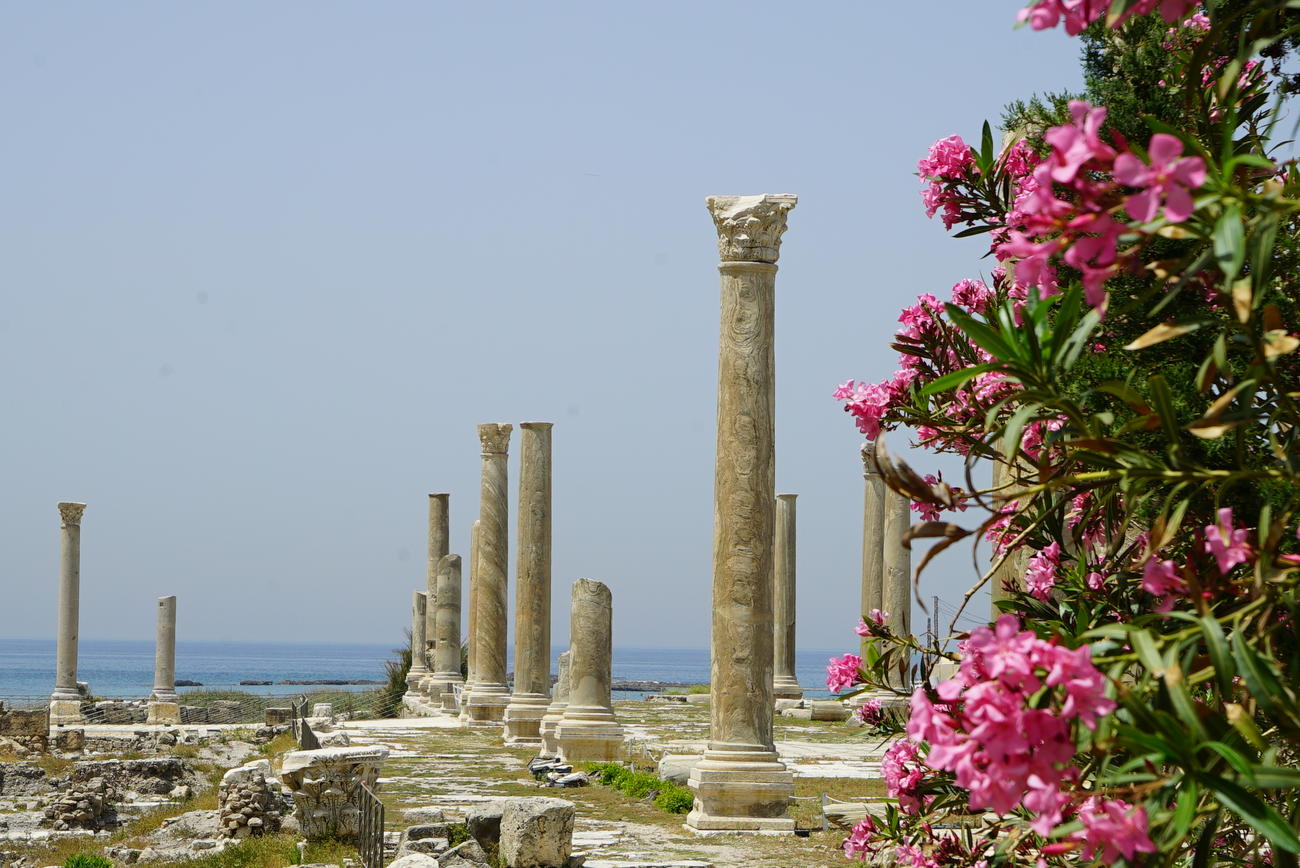
The southern city of Tyre is just 10 miles from the Israeli border. As a result it is in the heart of Hezbollah territory and also has a strong UN peacekeeping presence. Yet somehow troubles seem far away when in Tyre, with local tourists coming to enjoy what most Lebanese regard as the country’s finest beaches. Overseas travellers meanwhile are drawn by the superb Roman ruins. Another Phoenician stronghold, when the Romans conquered Tyre they built an extravagant triumphant arch and an enormous hippodrome at Al Bass, which visitors can explore today. Just a short walk away is another Roman site, Al Mina, which consists of a series of columns and mosaic-paved streets set against the sparkling waters of the Mediterranean. During Roman times the city was renowned for its purple dye which was extracted from sea snails.
A Walk in the Country
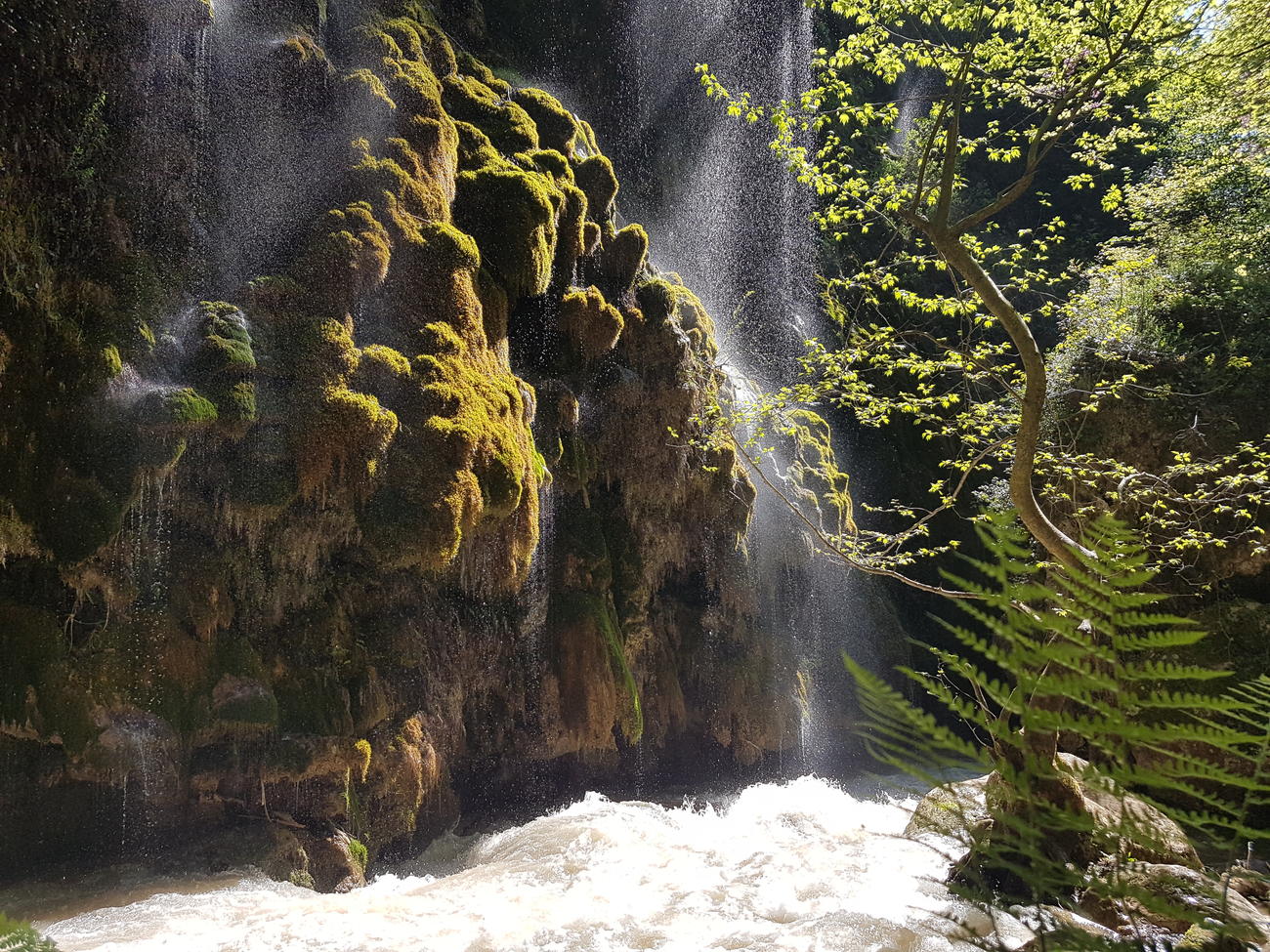
Most visitors to Lebanon are attracted by its ancient ruins, the food or the hedonistic nightlife of Beirut. Yet the country is also scenically beautiful. The ancient cedar reserve of Chouff is the best place to get up close to the tree which features on the country’s flag. Beyond that there are some peaceful walks in the Kadisha Valley alongside babbling rivers, through fields of wildflowers and ending up at a monastery built into the rock.
Enjoy the amazing food
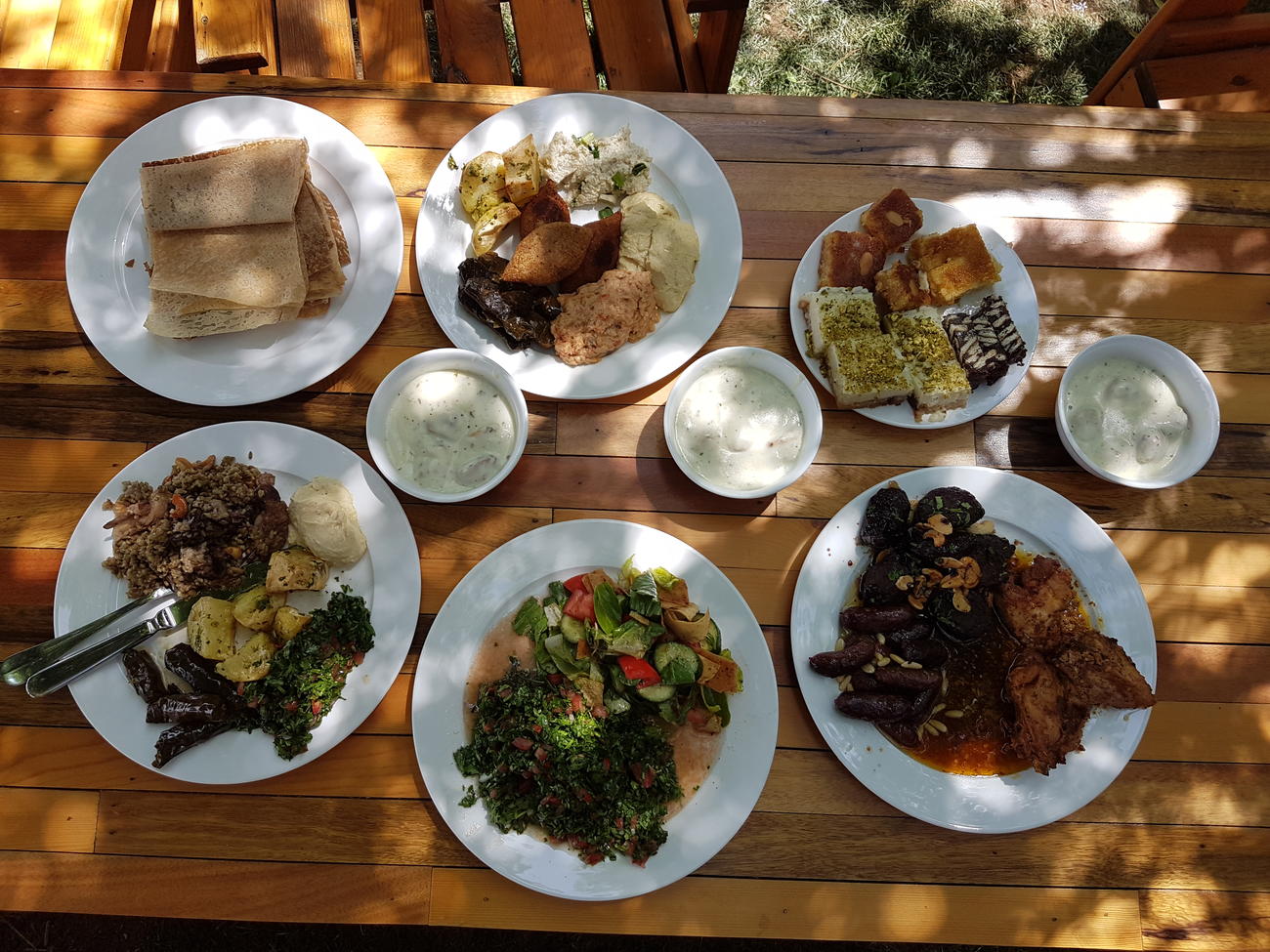
The Lebanese like to eat. And you can understand why, when their cuisine is so good. The secret is in the freshness of the ingredients, meaning even a simple hummus or baba ghanoush can be taken to the next level with the addition of a warm pita. The salads are superb, featuring cucumbers, tomatoes, fresh mint, sumac and pomegranate seeds, as are the stuffed vine leaves, grilled meats or even simply streetfood like falafel or shwarma. Be careful when eating in Lebanon – if you say you like something your host will order three or four more dishes of it. Yet somehow, despite eating so much, you come home from a week in Lebanon feeling healthy and invigorated, a testament to the fresh ingredients.
